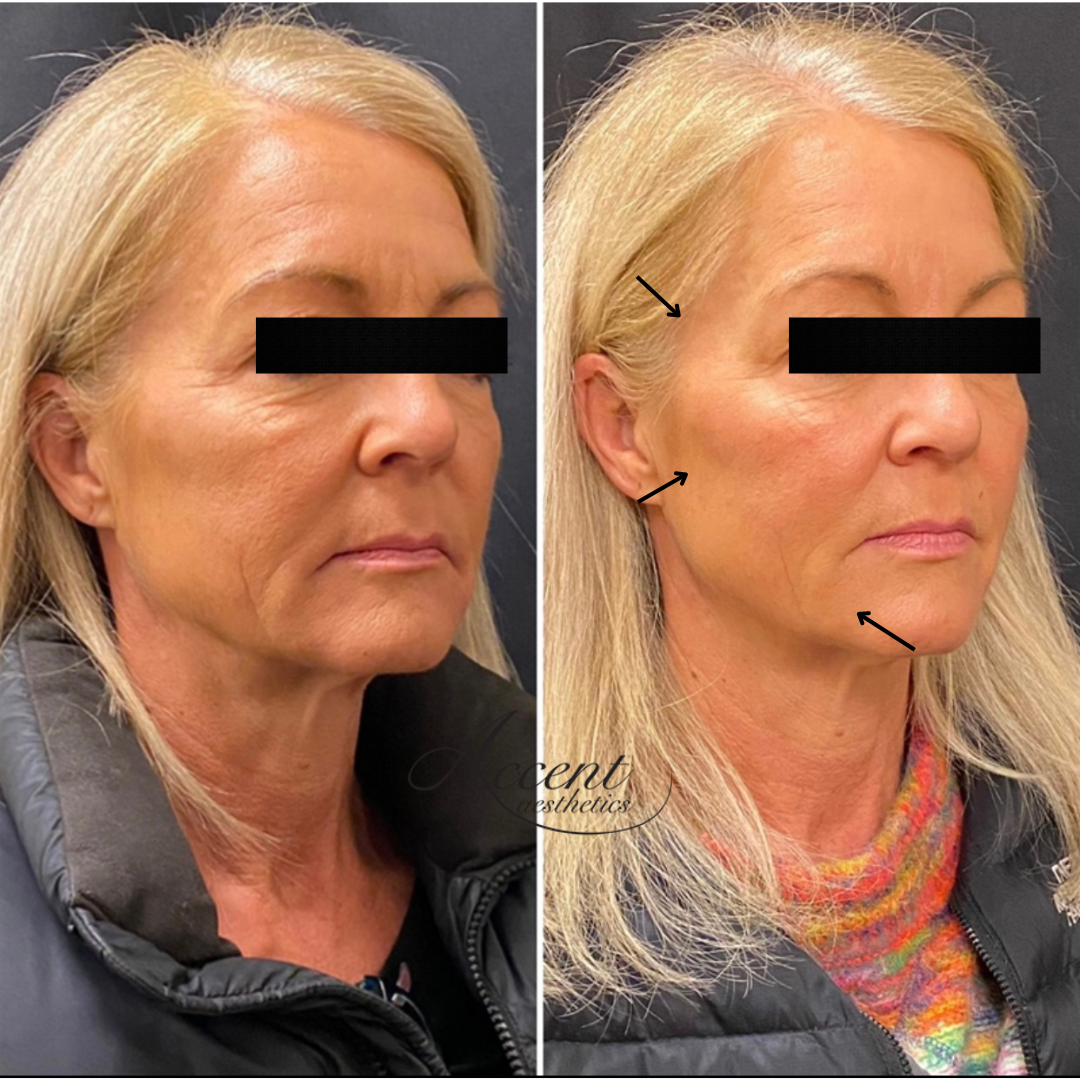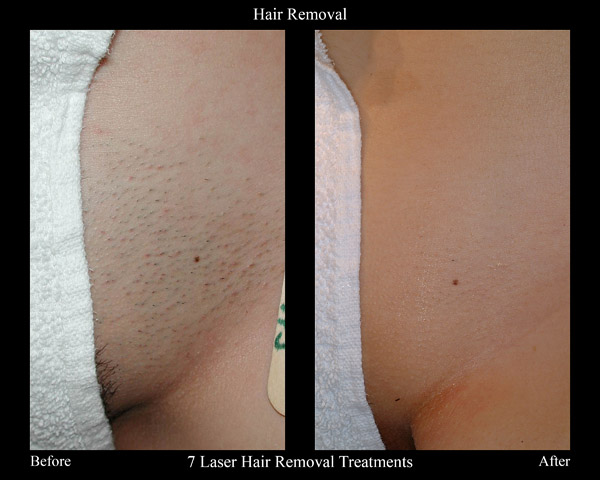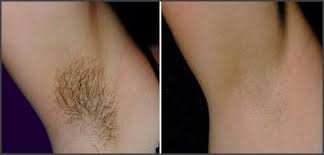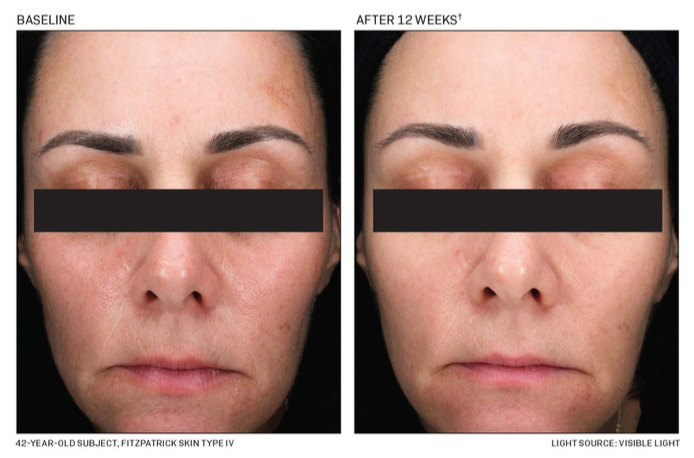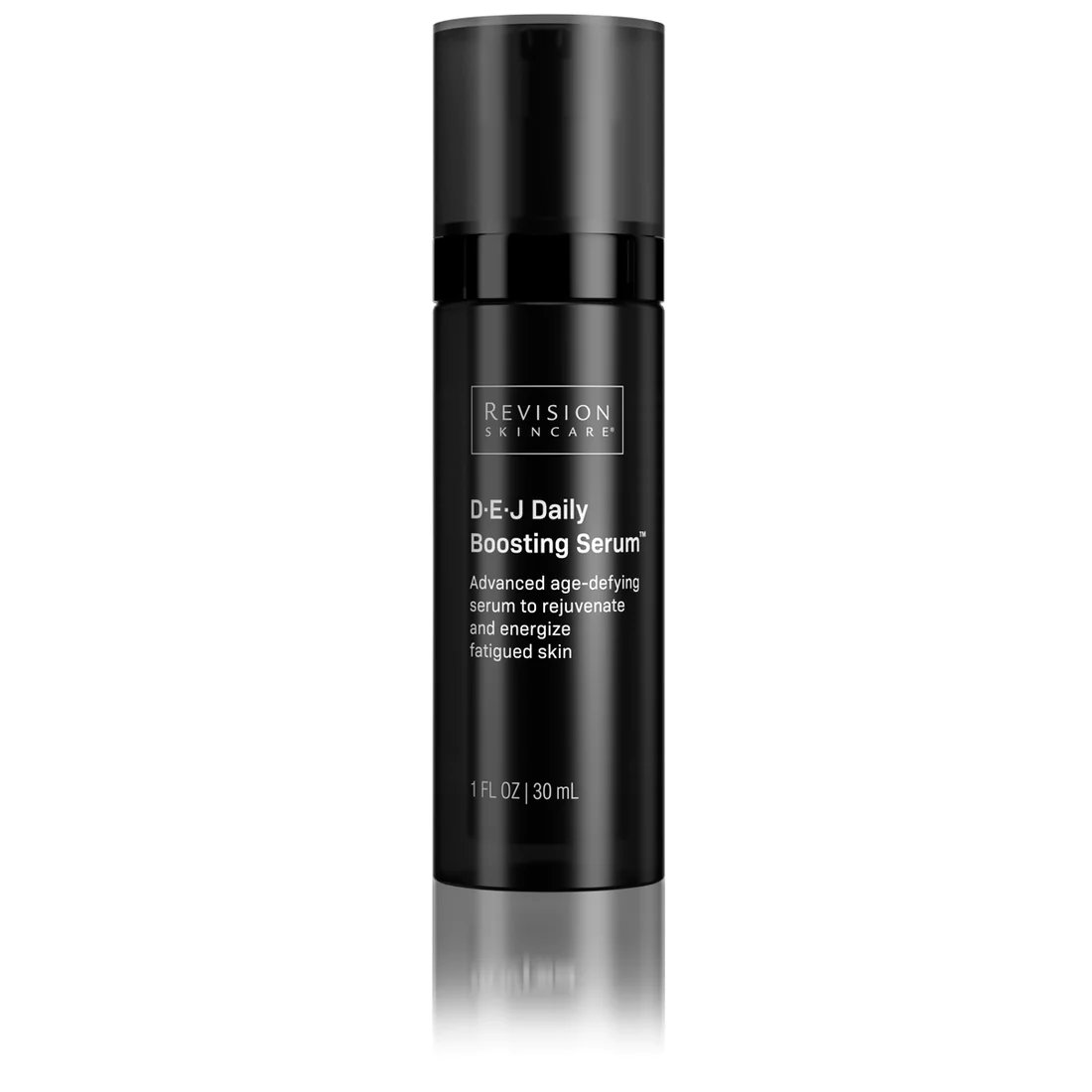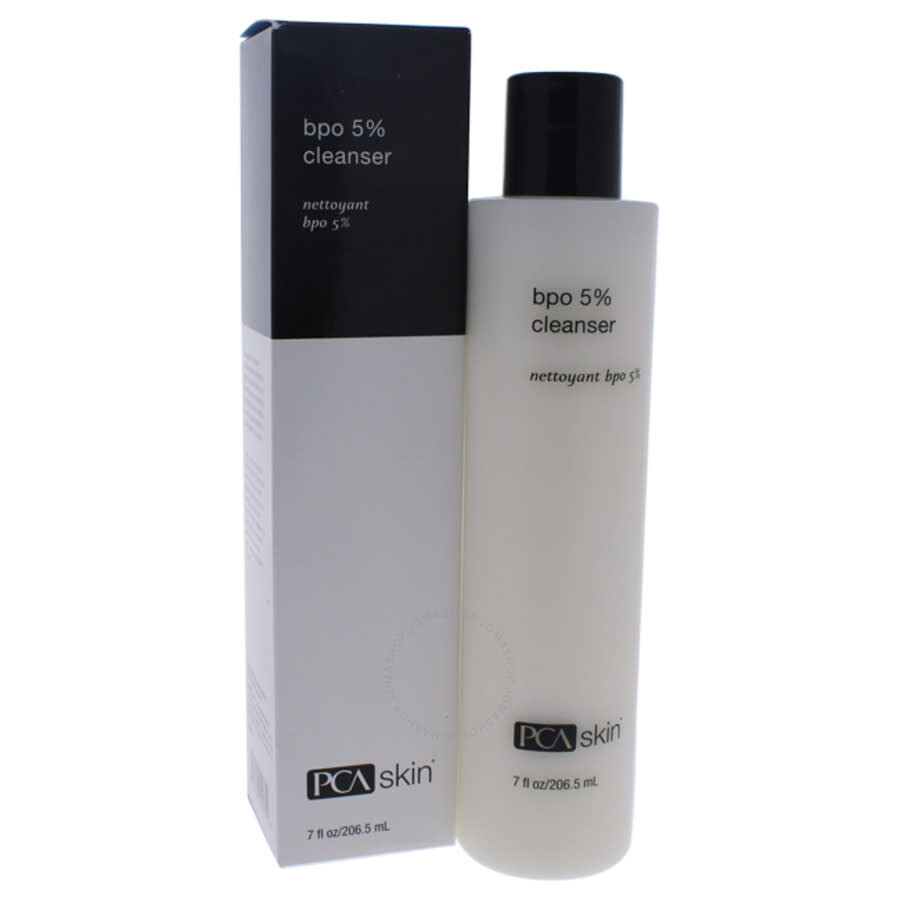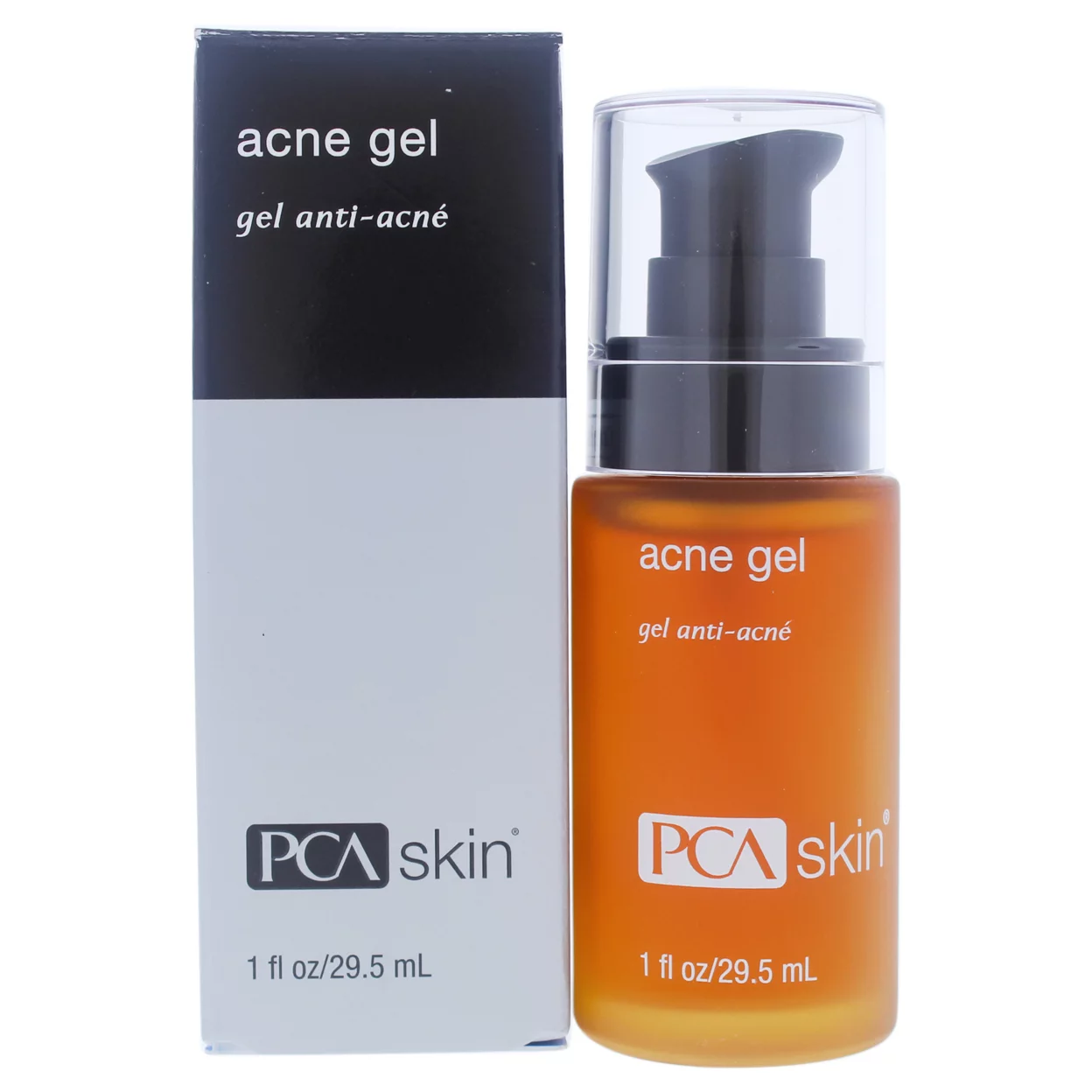New Year, New Skincare Resolutions!
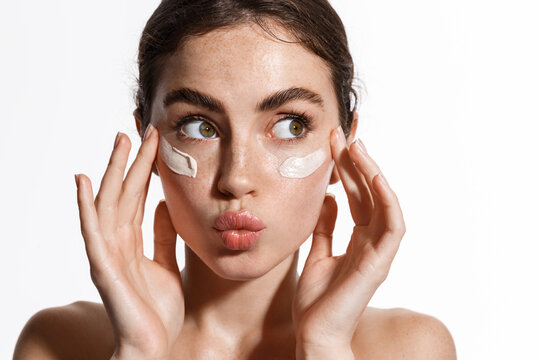
2024 Skincare Resolutions
I personally don’t like to make New Years Resolutions, feels like too much pressure. But when it comes to healthy, beautiful skin sometimes we need some guidance. So we’ve compiled a VERY FEW things you can do this year to make life easier but get some results!
1: Simplify your skincare routine
I know skincare is a hot trend right now, and I love that. But a lot of people are using way too many products due to so many being the trendy thing to try. If you are applying 5/6/7 products at one time, ask yourself, how much are these actually absorbing? You are most likely wasting your time and your money. Use 1-3 products that you love and are medical grade and corrective. For example:
Morning Routine:
Cleanse: IF not extremely dry. If you are like a lot of our Colorado clients and extremely dry, it is best to skip cleanser in the morning or use a creamy cleanser. You do not need to spend a lot of $ on a cleanser, it is on the skin for about 15-30 seconds. Use something basic and affordable such as Cetaphil or Cerave. Save your $ for the corrective products.
Antioxidant: This is a product you want to spend your $ on. Topical antioxidants fight free radical damage such as UV radiation, pollution, etc. all of which breakdown your skins’ barrier function and collagen and also create sundamage in the form of reds and brown spots in the skin. A high quality antioxidant will most likely contain Vitamin C. Not all Vitamin C’s are created equal, you want to look for THD, Tetrahexyldecyl Ascorbate. This is the most advanced form of Vitamin C.
Moisturizer: If your skin requires extra moisture after your antioxidant then apply. You don’t need to spend a lot on this product either as you have already put the correcting product on.
SPF: Apply your SPF last and use something you love. With all the choices out there these days, it’s very easy. Make sure to reapply mid day.
Nighttime Routine:
Cleanse: I always recommend a double cleanse especially when wearing sunscreen and makeup. This insures a clean, fresh slate for your very important correctives to absorb and work properly.
Retinol or Retinoid: These Vitamin A derivatives are the single most important part of anyone’s skincare routine aside from SPF! Retinoids are most likely prescribed from a doctor and tend to be more aggressive but definitly work. Retinols are mostly over the counter, but come in a variety of strengths and tend to be more time released so they are tolerated well by the skin and therefore can be used more consistently.
Moisturizer: A simple moisturizer will seal in water and prevent water loss. The corrective ingredient is on the skin so your moisturizer doesn’t need to be fancy.
2: Get consistent with professional treatments
Monthly treatments don’t have to break the bank. We offer several membership options to make it easy to be consistent. Treating your skin monthly with either a microdermabrasion, chemical peel, hydrafacial, dermaplane etc. allows us to stay on top of any skin concerns you have and improve them. Consistent exfoliation, extractions and collagen stimulation gets the skin in shape and keeps it there. Think of us as the gym for your skin!
3: Practice better sun prevention
Sunscreen can only protect your skin so much. Here in this Colorado elevation we absorb SO much more UV rays than those at sea level. In order to really prevent sundamage you need to apply spf every 2 hours when outdoors and wear a wide brimmed hat to keep the rays off your face as much as possible. A lightweight neck gator like the ones used for fishing are a great idea to prevent redness, brown spots and wrinkles on your neck and chest.
Simplify your skincare in 2024
Consider a simplified approach to skincare in 2024. Focus on quality rather than quantity, streamlining your routine to include essential steps like cleansing, a high-quality antioxidant with Vitamin C, moisturizer if needed, and reliable sunscreen. Consistency is key, both in your daily regimen and regular professional treatments. With a commitment to sun prevention, including frequent sunscreen application and protective accessories in sun-exposed areas like Colorado, you can look forward to healthier and more radiant skin without the burden of excessive skincare rituals.
skincare resolutions skincare resolutions skincare resolutions skincare resolutions skincare resolutions skincare resolutions skincare resolutions





